 | Frederick Emerson - Arithmetic - 1839 - 300 pages
...quotient thence arising by the other: the last quotient will be the true one. To find the true remainder, multiply the last remainder by the first divisor, and to the product add the first remainder. 1. Divide 4062900311 by 9, and prove the operation. 2. How many times is 502 contained in 74260710?... | |
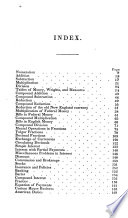 | Benjamin Greenleaf - Arithmetic - 1839 - 356 pages
...other, and the last quotient will be the answer to the question. NOTE. — To find the true remainder; multiply the last remainder by the first divisor, and to the product add the first remainder. 37. If 16 yards of velvet cost 2£. 18s. 8d. what will 1 yard cost ? 38. If 72 yards of broadcloth... | |
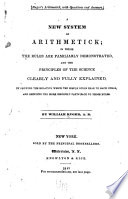 | William Ruger - Arithmetic - 1841 - 268 pages
...parts of the divisor, and then that quotient by the other. How. do you find the true remainder 7 A. Multiply the last remainder by the first divisor, and to the product add the first remainder, and it will give the true remainder. If your divisor be eight, what would you call the- component parts7... | |
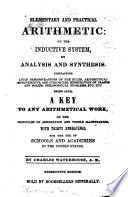 | Charles WATERHOUSE - Arithmetic - 1844 - 228 pages
...quotient thence arising by the other. The last quotient will be the answer. If there be remainders — multiply the last remainder by the first divisor, and to the product add the first remainder. 3. When the multiplier is in any even part of 100, 1000, Sfc. RULE.— Divide 100, 1000, or 10000,... | |
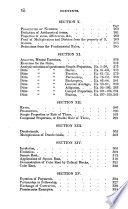 | James Bates Thomson - Arithmetic - 1846 - 402 pages
...factor. The last quotient willbe the answer required. To find the true remainder, should there be any. Multiply the last remainder by the first divisor, and to the product add the first remainder. OBs. If the divisor can be resolved into more them two factors, we may divide by them successively,... | |
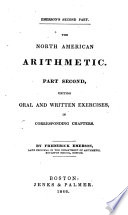 | Frederick Emerson - Arithmetic - 1846 - 266 pages
...32 the divisor; what is the quotient ? To obtain the true remainder, where factors have been used as divisors, multiply the last remainder by the first divisor, and to the product add thejirst remainder. 27. Suppose 622 to be a" dividend, and 35 the divisor; what is the quotient; and... | |
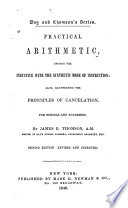 | James Bates Thomson - Arithmetic - 1846 - 362 pages
...factor. The last quotient will be the answer required. To find the true remainder, should there be any. Multiply the last remainder by the first divisor, and to the product add tin. first remainder. OBS. 1. If the divisor can be resolved into more than two factors, we may divide... | |
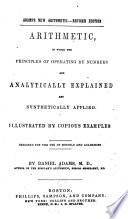 | Daniel Adams - Arithmetic - 1848 - 330 pages
...are remainders in dividing by TWO component parts of a number, to get the TRUE remainder, RULE. 1. Multiply the last remainder by the first divisor,...to the sum of their products add the remainder from Uie first divisor, if any( and the amount will be the true rema/ader. 2. 5783 -j- 108 = how many ?... | |
 | Daniel Adams - Arithmetic - 1848 - 324 pages
...are remainders in dividing by TWO Component parts of a number, to get the TRUE remainder, RULE. 1. Multiply the last remainder by the first divisor,...remainder, except that from the first divisor, by aH the divisors preceding the divisor which gave it ; to the sum of their products add the remainder... | |
 | Daniel Adams - Arithmetic - 1848 - 342 pages
...are remainders in dividing Ly TWO Component parts of a number, to get the TKUE remainder. RULE. 1. Multiply the last remainder by the first divisor,...each remainder, except that from the first divisor, oy aH the divisors preceding the divisor which gave it ; to the sum of their products add the remainder... | |
| |